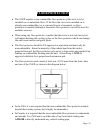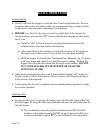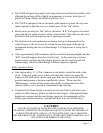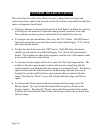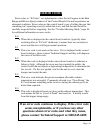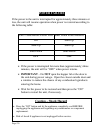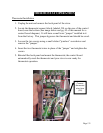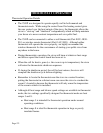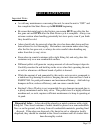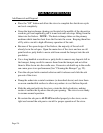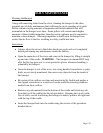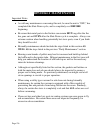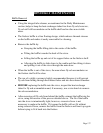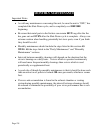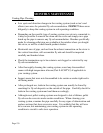
Page | 23
DAILY MAINTENANCE
Important Notes
• As with any maintenance concerning this unit, be sure the unit is “OFF” and
has completed the Shut-Down cycle BEFORE beginning.
• Be aware that metal parts in the firebox can remain HOT long after the fire
has gone out and EVEN after the Shut-Down cycle is complete. Always use
extreme caution when handling potentially hot stove parts, even if you think
they should be cold.
• Ashes should only be removed when the stove has been shut-down and has
been allowed to cool thoroughly. Hot embers can remain under ashes long
after the fire has gone out, so always be extra careful when handling any
ashes from this (or any) stove.
• Store ashes in a metal container with a tight fitting lid, and only place this
container only on a non-combustible surface.
• Different pellets will generate varying amounts of ash and burnpot deposits.
Carefully monitor the ash build up in the stove when first operating the unit,
as well as whenever a different brand of pellets is burned.
• While the amount of ash generated by this unit is not excessive compared to
a traditional log-burning woodstove, keeping the unit clean and free of ash is
ESSENTIAL for peak performance and maximum efficiency. Ash build-up
hampers airflow, reduces efficiency, and can cause a smoke back.
• England’s Stove Works
® is not responsible for any damages incurred due to
a poorly maintained and/or dirty stove. This pellet stove is a highly efficient
machine and, as such, requires sufficient maintenance to keep it operating at
its peak.
Disposal of Ashes – Ashes should be placed in a metal container with a tight
fitting lid. The closed container of ashes should be placed on a noncombustible
floor or on the ground, well away from all combustible materials, pending final
disposal. If the ashes are disposed of by burial in soil or otherwise locally
dispersed, they should be retained in the closed container until all cinders have
been thoroughly cooled.



